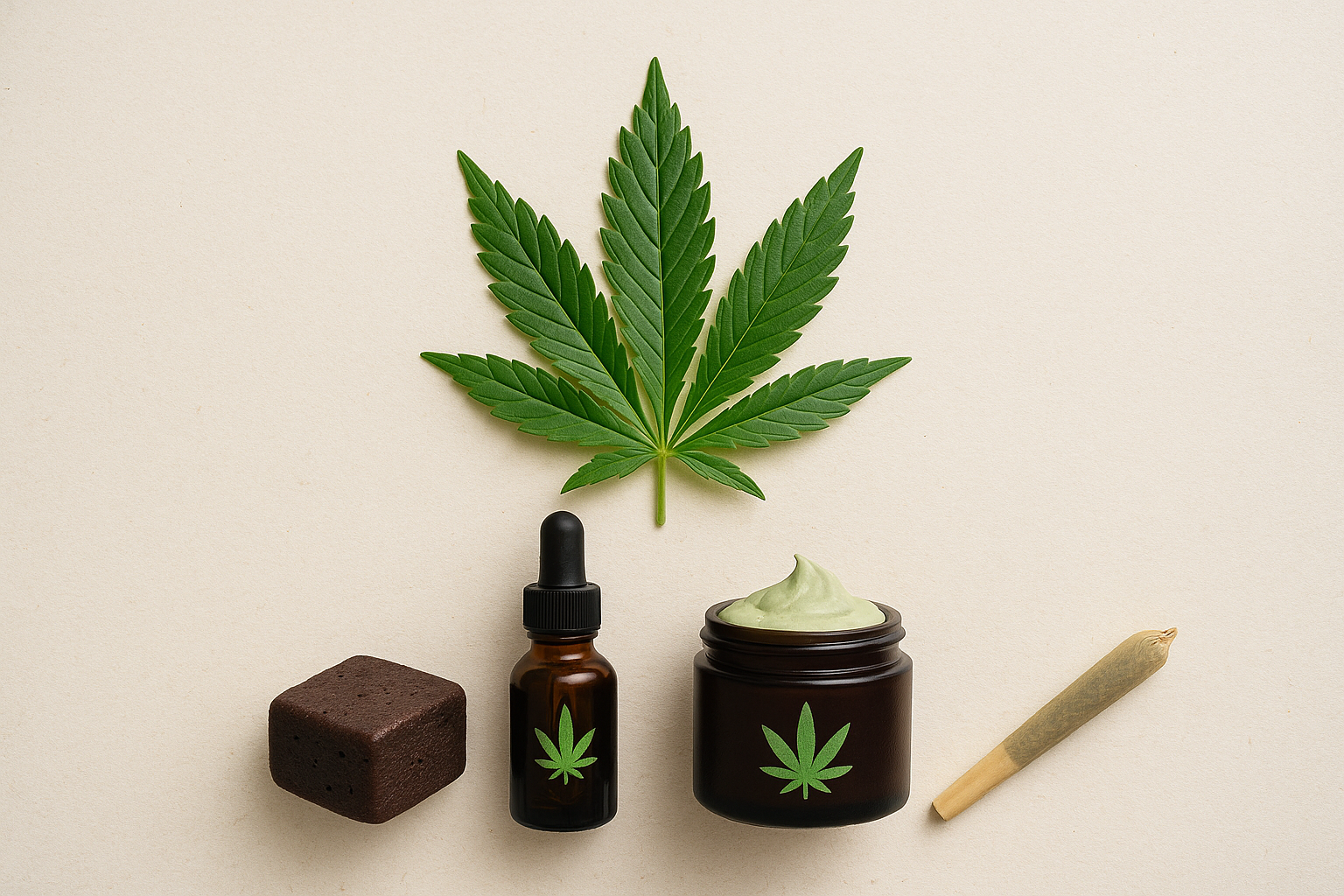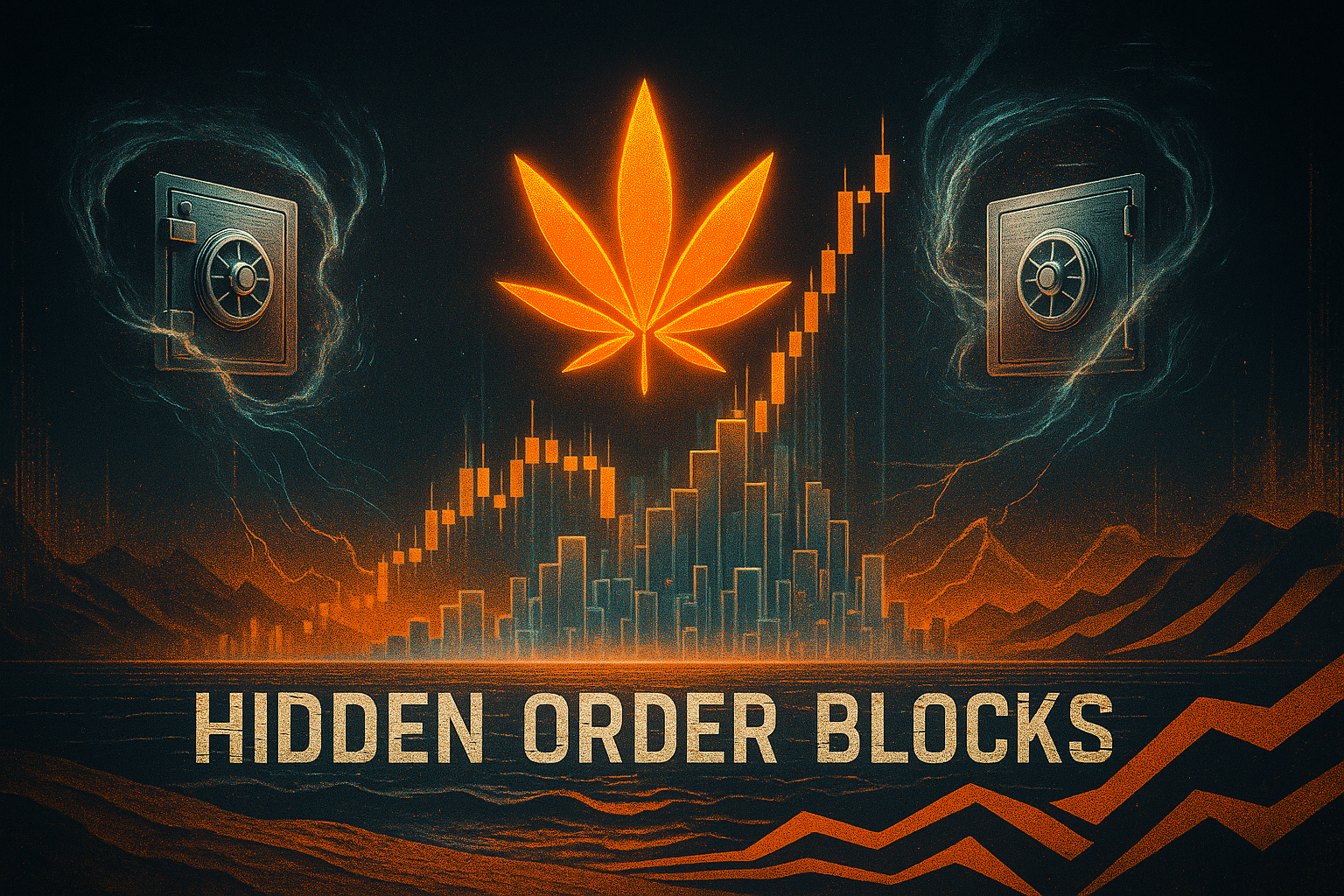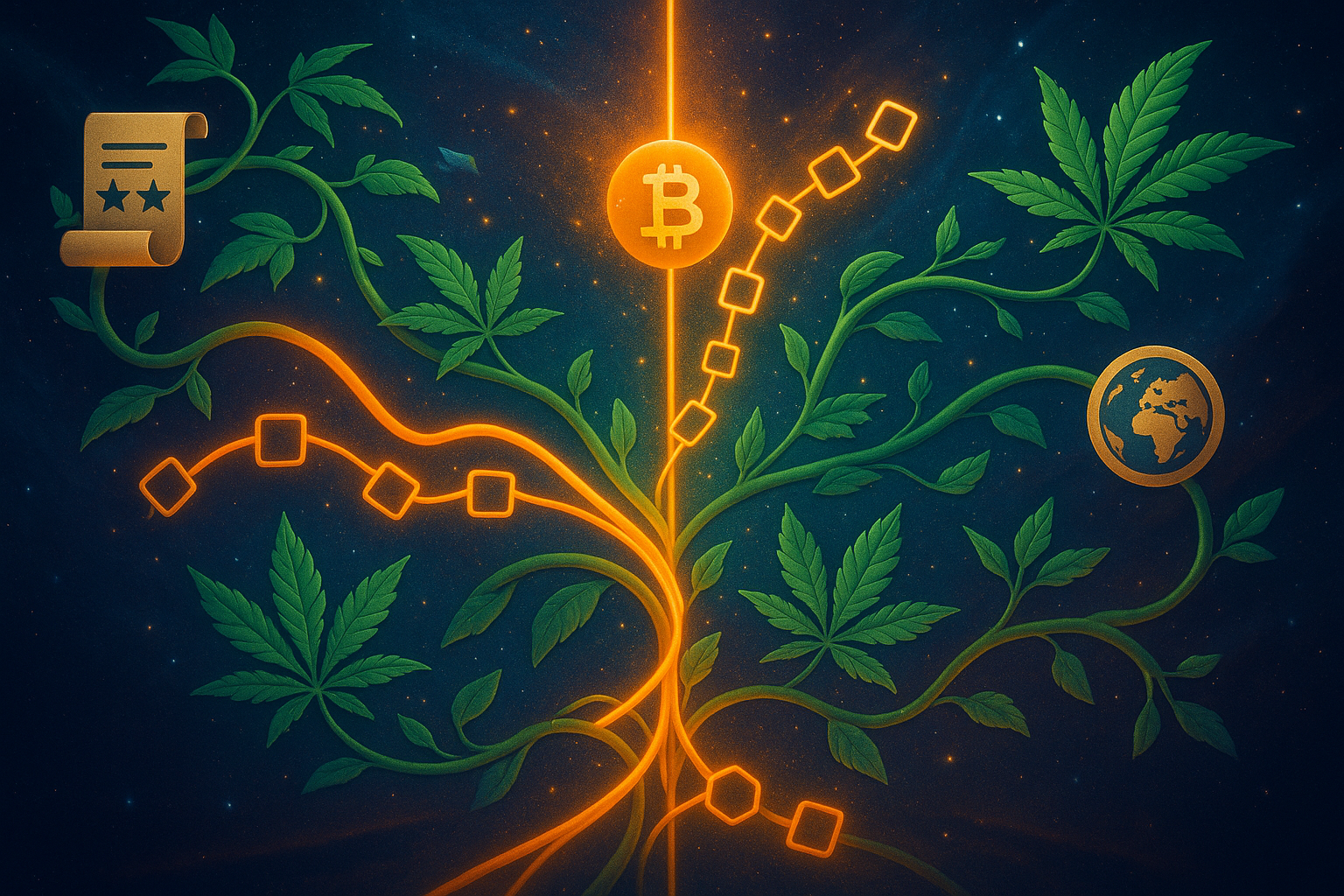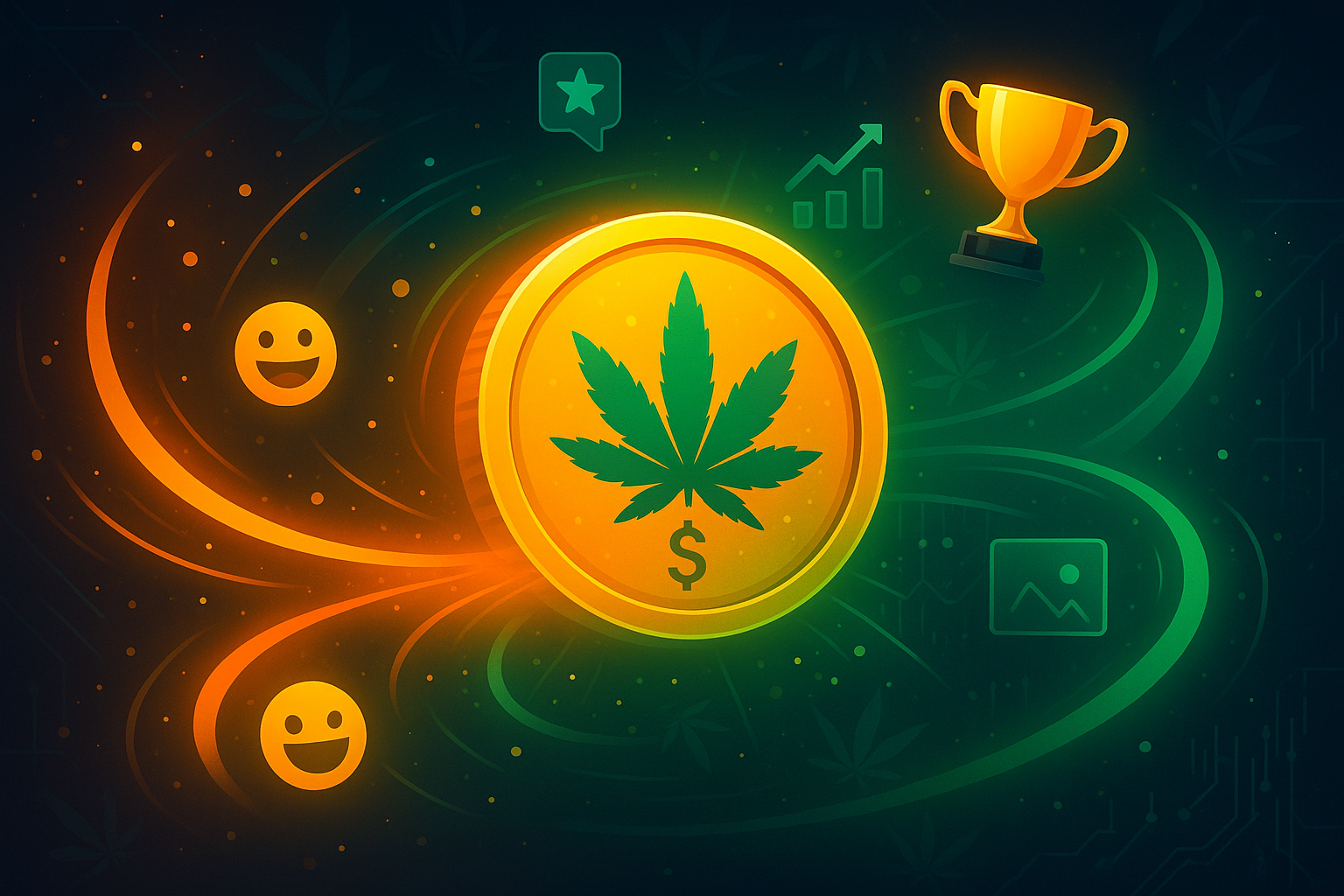Types of Medical Marijuana Products
From Flower to Edibles: Exploring Your Options
Medical marijuana comes in many forms, each offering unique benefits and methods of use for patients seeking relief. At Weedcoin, we’re breaking down these options through the MediWeed Hub with irie vibes. In this article, we’ll explore the types of medical marijuana products available, from traditional flower to modern edibles and topicals, and how they’re used. Whether you’re considering Weedcoin OG or exploring products for your condition, understanding these options is key—let’s dive into the world of cannabis products!

Flower: The Traditional Option
Cannabis flower, or bud, is the most traditional form, smoked or vaped for quick relief. It’s available in strains like OG Kush or Weedcoin OG, with THC levels typically 15–22%. Flower delivers effects within 5–10 minutes, making it ideal for acute symptoms—Michael vaped OG Kush for immediate pain relief during flare-ups. Smoking can irritate the lungs, causing cough or bronchitis with long-term use, while vaping reduces this risk but requires a device ($20–$100). Flower is sold by weight (e.g., 1 gram, 3.5 grams), costing $5–$15/gram, and allows patients to control dosing by adjusting inhalation. It’s best for experienced users comfortable with inhalation methods.
Edibles: Discreet and Long-Lasting
Edibles include gummies, chocolates, and beverages infused with cannabis, offering a discreet, smoke-free option. They typically contain 5–10 mg THC per serving, with effects lasting 4–6 hours, ideal for sustained relief. Edibles are good for chronic pain or insomnia—patients like Michael might use a 5 mg THC gummy at night for sleep. However, effects take 30–60 minutes to onset, leading to overconsumption risks if patients redose too soon—high doses (e.g., 20 mg THC) can cause anxiety. Edibles cost $10–$30 per package and are beginner-friendly, but precise dosing is crucial. Always start with 2.5 mg THC and wait an hour to assess effects.
Tinctures: Precise and Versatile
Tinctures are liquid cannabis extracts taken sublingually (under the tongue) or added to food/drinks, offering precise dosing. They come in bottles with droppers, typically containing 100–500 mg THC or CBD total, with 1 mL doses equating to 5–10 mg. Effects start in 15–30 minutes and last 2–4 hours, making tinctures versatile for daytime or evening use—Aisha used an ACDC tincture (10 mg CBD) for anxiety. Tinctures are discreet, costing $30–$60 per bottle, and allow easy dose adjustments—start with 2.5 mg THC or 5 mg CBD. They may cause throat irritation or an aftertaste, but mixing with food can help. They’re ideal for patients needing consistent, controlled relief.
Vapes: Fast-Acting and Convenient
Vape products include cartridges and pens, delivering cannabis oil via inhalation for rapid effects (5–10 minutes). They’re available in strains like Weedcoin OG, with THC levels of 15–20%. Vaping is less harsh on the lungs than smoking, making it a good alternative for patients like Michael, who vaped OG Kush for pain. However, concerns about vape additives (e.g., vitamin E acetate) have been linked to lung injuries—always choose lab-tested products from licensed dispensaries. Cartridges cost $20–$50, and pens $10–$30. Start with a single puff (1–2 mg THC) to gauge effects, as potency can be high. Vapes suit patients needing quick relief but require caution.
Topicals: Targeted Relief Without a High
Topicals are creams, balms, or patches infused with cannabis, applied to the skin for localized relief without psychoactivity. They typically contain 50–200 mg THC or CBD per container, ideal for muscle pain, arthritis, or inflammation. Topicals don’t enter the bloodstream, so they don’t cause a high, making them suitable for all-day use—patients with arthritis might apply a CBD balm (100 mg) to joints for relief. They cost $15–$40 and may include terpenes like linalool, which can cause skin irritation in some. Effects start in 10–20 minutes and last 2–3 hours. Topicals are great for beginners or those avoiding inhalation, offering targeted relief with minimal side effects.
Practical Tips:
- Use flower or vapes for quick relief—start with 1–2 mg THC via inhalation for acute symptoms.
- Choose edibles for long-lasting effects—begin with 2.5 mg THC and wait an hour to avoid overconsumption.
- Try tinctures for precise dosing—5 mg CBD sublingually for daytime anxiety relief.
- Opt for topicals for localized pain—apply a CBD balm (50 mg) to sore joints, reapplying as needed.
- Ensure all products are lab-tested—check COAs at dispensaries to confirm safety and potency.
Key Takeaways:
- Flower and vapes act fast (5–10 minutes), good for acute pain but may irritate lungs.
- Edibles last 4–6 hours, ideal for sustained relief, but delayed onset risks overconsumption.
- Tinctures offer precise, versatile dosing, starting in 15–30 minutes—great for consistent relief.
- Vapes are convenient but require caution—use lab-tested
- Topicals provide targeted relief without a high, perfect for localized pain or inflammation, with minimal side effects.













